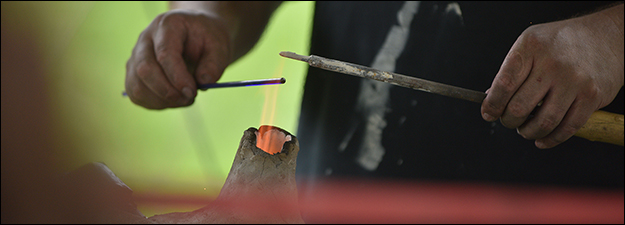(Re)configuring the Parish in Late Medieval England
Sponsoring Organization(s)
Centre for the Study of the Middle Ages (CeSMA), Univ. of Birmingham
Organizer Name
Robert N. Swanson
Organizer Affiliation
Univ. of Birmingham
Presider Name
Miriam Müller
Presider Affiliation
Univ. of Birmingham
Paper Title 1
Managing Change: Reconfiguring Parochial Relationships at Alberbury (Shropshire), ca.1400-1530
Presenter 1 Name
Robert N. Swanson
Paper Title 2
Allhallows London Wall, 1455-1536: A History of Collaboration in Parish Decision Making
Presenter 2 Name
Gary G. Gibbs
Presenter 2 Affiliation
Roanoke College
Paper Title 3
Chapel on the Bridge: The Social and Communal Significance of the Late Medieval London-Bridge House
Presenter 3 Name
Emmamarie Haasl
Presenter 3 Affiliation
Univ. of Michigan-Ann Arbor
Start Date
13-5-2016 1:30 PM
Session Location
Bernhard 210
Description
Despite extensive recent work on the late medieval English parish, notably as a community of lay parishioners, this foundational component of the institutional church and central site of local liturgical and devotional life continues to provide extensive opportunities for further research and analysis. Offering a range of case studies which address different facets of the broad concept of ‘(re)configuration’, this session contributes to the ongoing analysis of the parish as both institution and social organism, as an ecclesiastical unit but also a focus for lay association and local sense of identity and belonging.
R.N. Swanson
(Re)configuring the Parish in Late Medieval England
Bernhard 210
Despite extensive recent work on the late medieval English parish, notably as a community of lay parishioners, this foundational component of the institutional church and central site of local liturgical and devotional life continues to provide extensive opportunities for further research and analysis. Offering a range of case studies which address different facets of the broad concept of ‘(re)configuration’, this session contributes to the ongoing analysis of the parish as both institution and social organism, as an ecclesiastical unit but also a focus for lay association and local sense of identity and belonging.
R.N. Swanson

